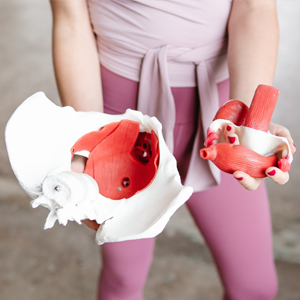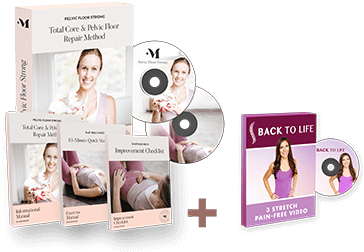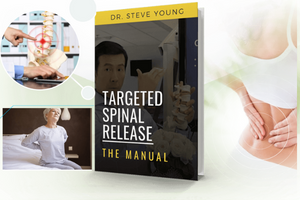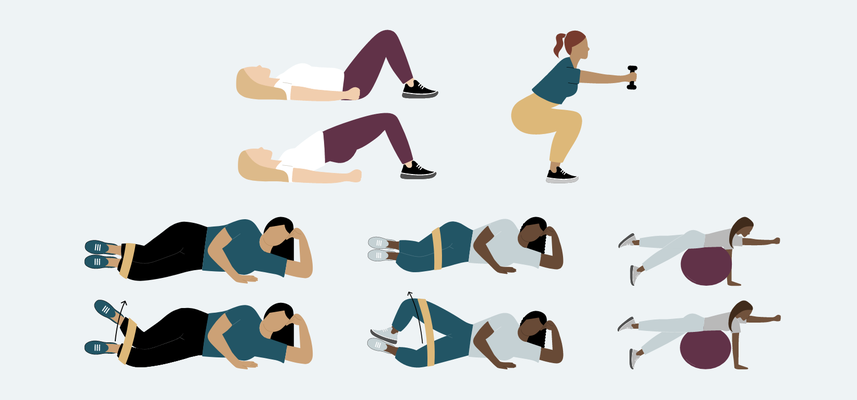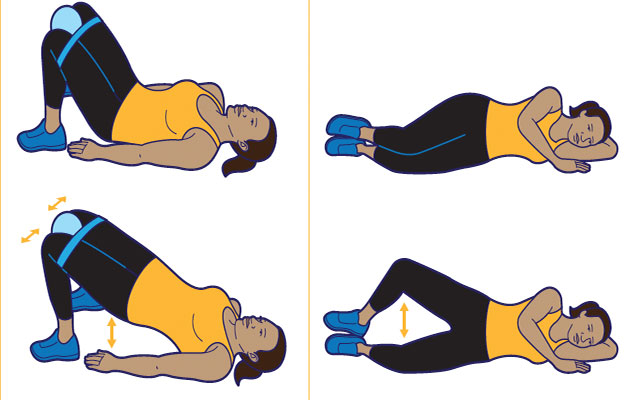Some Simple Habits May Decrease Incontinence In Women Over 45
1. Regular Pelvic Floor Exercises
Strengthening the pelvic floor through Kegels or other exercises enhances bladder control.
Start with 10 repetitions, 2-3 sets daily and gradually increase intensity.
2. Adopt Proper Bathroom Habits
Avoid “just in case” trips: Emptying your bladder unnecessarily can weaken its capacity over time.
Don’t rush: Allow your bladder to fully empty to prevent incomplete voiding.
Don’t strain: Straining during bowel movements can stress the pelvic floor.
3. Maintain a Healthy Weight
Excess weight puts pressure on the bladder and pelvic floor muscles.
Even a 5-10% reduction in body weight can significantly improve symptoms of stress incontinence.
4. Practice Good Posture
Poor posture, especially when sitting, can weaken the pelvic floor.
Sit upright with your feet flat on the floor and avoid crossing your legs for long periods.
5. Stay Hydrated and Limit Irritants
Drink adequate water: Dehydration can irritate the bladder, leading to urgency.
Avoid bladder irritants like caffeine, alcohol, spicy foods, and carbonated drinks if they worsen your symptoms.
6. Incorporate Diaphragmatic Breathing
Breathing deeply engages the core and pelvic floor muscles, reducing tension and improving function.
Practice for 5-10 minutes daily.
7. Avoid Constipation
Straining during bowel movements weakens the pelvic floor.
Eat a diet rich in fiber (25-30g daily) and drink enough water to keep stools soft and regular.
8. Stay Physically Active
Activities like yoga, Pilates, or walking improve core strength and circulation to pelvic floor muscles.
Low-impact exercises are ideal for reducing strain on weakened muscles.
9. Manage Chronic Cough or Smoking
Chronic coughing from smoking or conditions like asthma can stress the pelvic floor over time.
Quitting smoking and addressing any respiratory issues can help.
10. Schedule Bladder Training
Bladder training involves gradually increasing the time between bathroom visits.
Start by delaying urination by 5-10 minutes when you feel the urge, eventually stretching the interval to 3-4 hours.





